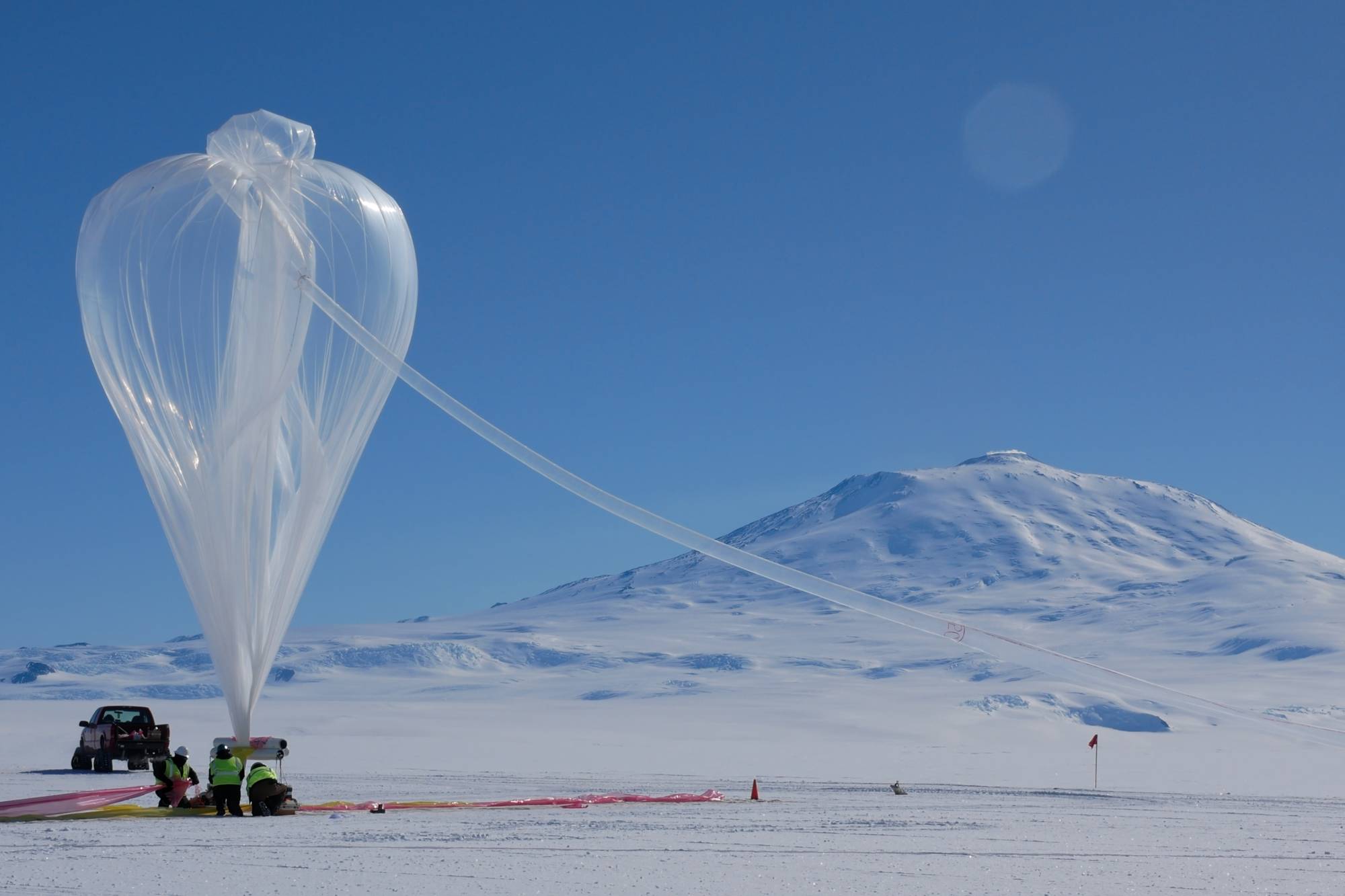3 min read

This comparison of two images shows puffing dust bubbles and an erupting gas shell – the final acts of a monster star’s life. You can explore the detail of the nebula surrounding the star AG Carinae by using the slider tool on the image above.
These new views showcase the dual nature of the star AG Carinae, which was the target of the NASA/ESA Hubble Space Telescope’s 31st anniversary image in April 2021. This new perspective is the result of Hubble’s observations of the star in 2020 and 2014, along with others captured by the telescope’s Wide Field Planetary Camera 2 in 1994.
The first image showcases details of ionized hydrogen and nitrogen emissions from the expanding shell of the nebula (seen here in red). In the second image, the color blue delineates the distribution of dust that shines in reflected star light. Astronomers think powerful stellar winds coming off of the star formed and shaped the dust bubbles and filaments. The nebula is about five light-years wide, similar to the distance from here to the nearest star beyond the Sun, Proxima Centauri.
AG Carinae is formally classified as a Luminous Blue Variable because it is a hot (emitting blue light), brilliant star that varies in brightness. Such stars are quite rare because few are so massive. Luminous Blue Variable stars continuously lose mass in the final stages of life. The star is waging a tug-of-war between gravity and radiation pressure to avoid self-destruction. As the star begins to run out of fuel, its radiation pressure decreases, and gravity begins to take hold. Stellar material succumbs to gravity and falls inward. It heats up and is explosively ejected into the surrounding interstellar space. This process continues until enough mass is lost and the star reaches a stable state.
The spectacular nebula surrounding AG Carinae formed by material ejected from the star during several of its past outbursts. The nebula is approximately 10,000 years old, and the observed velocity of the gas is approximately 43 miles per second. While this nebula looks like a ring, it is in fact a hollow shell whose center was cleared of gas and dust by a powerful stellar wind travelling roughly 124 miles per second. The gas (composed mostly of ionized hydrogen and nitrogen) in these images appears as a thick bright red ring, which appears doubled in places – possibly the result of several outbursts colliding into each other. The dust, seen here in blue, formed in clumps, bubbles, and filaments and was shaped by the stellar wind.
Scientists who observed the star and its surrounding nebula note that the ring is not perfectly spherical. It appears to have bipolar symmetry. This could mean the mechanism producing the outburst may be the result of a disk in the center, or the star may have a companion (known as a binary star). An alternative and simpler theory is that, like many massive stars, AG Carinae may rotate very fast.
Text credit: European Space Agency (ESA)
Media Contact:
Claire Andreoli
NASA's Goddard Space Flight Center
301-286-1940







